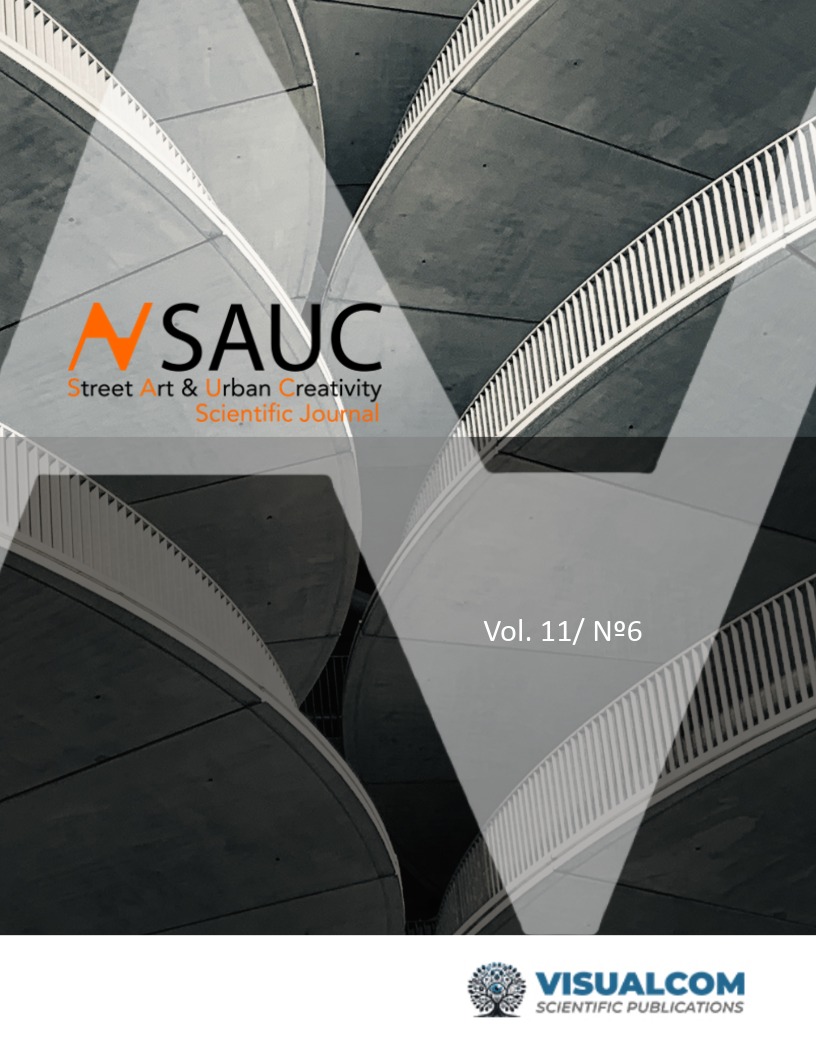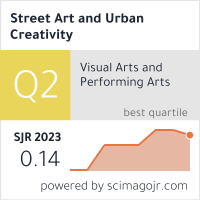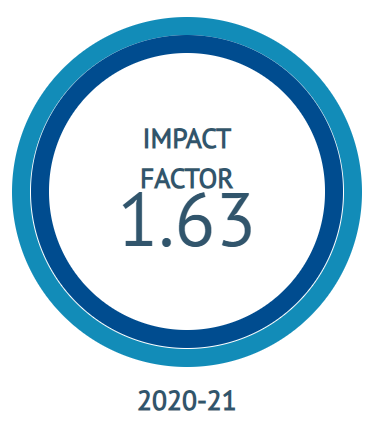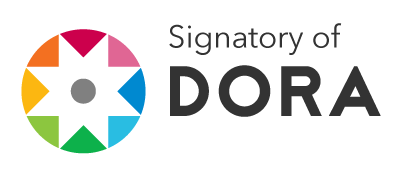Insights in advertising
Usefulness and future in Spanish advertising agencies
DOI:
https://doi.org/10.62161/sauc.v11.5849Keywords:
Insight, Advertising, Strategic planning, Customers, Brands, Advertising agencies, SpainAbstract
This research clarifies the concept of insight, by compiling the definitions given so far and helping to define it, differentiating it from other similar concepts, and observing the future of this tool in the advertising profession. The methodology followed is qualitative, with a detailed literature review on the subject and a Delphi Panel with 20 professionals from the advertising sector, experts in strategic planning, providing relevant data on the object of study. The results show the complexity of the term when defining and using it in different Spanish advertising agencies, despite its importance. A new definition is also proposed that enriches the study. Additionally, the research shows the differing opinions among the respondents regarding the future of insight as a tool, with some experts believing it will remain just as relevant, others suggesting that the way it is used will change, and still others predicting it will disappear.
Downloads
Global Statistics ℹ️
|
199
Views
|
90
Downloads
|
|
289
Total
|
|
References
Álvarez, A. (2012). La magia del planner. Cómo la planificación estratégica puede potenciar la comunicación persuasiva. ESIC.
Asociación Española de Anunciantes y Scopen (2019) Resultados. La comunicación que funciona. Los casos ganadores de la XXI edición de los Premios a la Eficacia en Comunicación Comercial. AEA
Asociación Española de Anunciantes y Scopen (2018) Resultados. La comunicación que funciona. Los casos ganadores de la XX edición de los Premios a la Eficacia en la Comunicación Comercial. AEA
Ayestarán, R., Rangel, C. y Sebastián, A. (2012). Planificación estratégica y gestión de la
publicidad. Conectando con el consumidor. ESIC
Beede, P. (2020). Tracing the evolution of advertising account planning. Journal of Historical Research in Marketing, 12(3), 285-303. https://doi.org/10.1108/JHRM-09-2018- 0039
Blackwell, R., Miniard, P., y Engel, J. (2006) Consumer Behaviour. Thompson South-western.
Cabero, J., y Infante, A. (2014). Empleo del método Delphi y su empleo en la investigación en comunicación y educación. EDUTEC, Revista Electrónica de Tecnología Educativa, (48). https://doi.org/10.21556/edutec.2014.48.187
Casabayó, M. y Martín, B. (2010): Fuzzy Marketing. Cómo comprender al consumidor camaleónico. Deusto.
Castelló-Martínez, A. (2019). Estado de la planificación estratégica y la figura del planner en España. Los insights como concepto creativo. Revista Mediterránea de Comunicación/Mediterranean Journal of Communication, 10(2), 29-43. https://www.doi.org/10.14198/MEDCOM2019.10.2.7
Castelló, A. y Pino, C. (2019). De la publicidad a la comunicación persuasiva integrada. ESIC
Cuesta, U. (2012). Planificación estratégica y creatividad. ESIC
Delbecq, A.L; Van de Ven, A.H., & Gustafson, D.H. (1975). Group techniques for program planning: A Guide to Nominal Group and Delphi Processes. Scott, Foresman Glenview.
Fortini, L. (1992) The consumer insight workbook. How consumer insights can inspire better
marketing and advertising. The Copy Workshop.
Gordon, T. (1994). The Delphi method. AC/UNU Millennium Project, Futures Research Methodology. https://tinyurl.com/y2lbl5j9
Hackley, C. (2003). From consumer insight to advertising strategy: the account planner’s integrative role in creative advertising development. Marketing Intelligence & Planning, 21(7), 446-452. https://doi.org/10.1108/02634500310504296
Hsu, C. y Sandford, B. (2007). The Delphi Technique: Making Sense of Consensus. Practical Assessment Research & Evaluation, 12(10). https://tinyurl.com/y5dvmb9t
Insights. (2018) Si no hay calle, no hay insight. Available at: https://tinyurl.com/1evgmf9s
IPMARK (Octubre 2019) España desborda creatividad e innovación. https://tinyurl.com/2s4aykwp
Llorente-Barroso, C., Ferreira, I., y Fernández-Muñoz, C. (2022). Atributos creativos del branded content: análisis de piezas premiadas en «El Sol» (2015-2021). Revista Mediterránea de Comunicación/Mediterranean Journal of Communication, 13(1), 127-145. https://www.doi.org/10.14198/MEDCOM.20783
López, B. (2007). Publicidad emocional. Estrategias creativas. ESIC Editorial.
López Gómez, E. (2018). El método Delphi en la investigación actual en educación: una revisión teórica y metodológica. Educación XX1, 21(1), 17-40. https://doi.org/10.5944/educxx1.20169
Reasonwhy (22 de abril de 2020) Los consumidores siguen adquiriendo más productos de los necesarios https://tinyurl.com/y3yvuarz
Ludwig, B. (1997). Predicting the Future: Have you considered using the Delphi Methodology?. The Journal of Extension, 35(5). https://open.clemson.edu/joe/vol35/iss5/15
Luna, P., Infante, A. y Martínez, F. (2006). Los Delphi como fundamento metodológico predictivo para la investigación en sistemas de información y tecnologías de la información (IS-IT). Pixel-Bit. Revista de Medios y Educación. Sevilla, 26, 89-112. https://tinyurl.com/y6mtp43v
Merkactiva (2014, 7 de febrero). La personalidad de la marca. https://tinyurl.com/y3e8wdb7
Misiego, F. y Morena, A. (2015) ¿Compras con el corazón o con el cerebro? Rasche.
Martínez, P. (2011) La mente del consumidor. Kogan Page.
Parker, J., Ang, L. & Koslow, S. (2018). The Creative Search for an Insight in Account Planning: An Absorptive Capacity Approach, Journal of Advertising, 47(3), 237-254. https://doi.org/10.1080/00913367.2018.1474146
Parker, J., Koslow, S, Ang, L. & Tevi, A. (2021). How Does Consumer Insight Support The Leap to a Creative Idea? Inside the Creative Process: Shifting the Advertising Appeal from Functional to Emotional. Journal of Advertising Reserach, 61(1), 30-43. https://doi.org/10.2501/JAR-2020-012
Quiñones, C. (2013). Desnudando la mente del consumidor. Consumer insights en el marketing. Editorial Planeta.
Reason Why (2019) Data y arte para reenamorarte. Edición Especial Premios Eficacia 2019.
Roastbrief (2013) Lo que un insight NO es. https://tinyurl.com/y4yjsbaf
Roberts, K. (2004) Lovemarks. El futuro más allá de las marcas. Ediciones Urano
Sánchez, C. (2019) Planificación estratégica en primera persona: 15 planners, 15 miradas únicas. Universitas.
San Eugenio, J., Fernández, J., Nogué, J. y Jiménez, M. (2013). Características y funciones para marcas de lugar a partir de un método Delphi. Revista Latina de Comunicación Social 68, 656-675. https://doi.org/0.4185/RLCS-2013-995
San Román, J. (2018, 7 de octubre). Del dato al «insight», la supervivencia. Control Publicidad. https://tinyurl.com/yxatntn6
Satya Estudio (s.f.) Tagline, Eslogan y Claim ¿Qué diferencia hay entre ellas? https://tinyurl.com/y2gpwuvg
Sebastián, A., Muñoz, D. y Núñez, M. (2020a). Importancia de la estrategia de comunicación y su relación con el insight para conseguir la eficacia publicitaria: el caso de España. Cuadernos.info, (46), 249-280. https://doi.org/10.7764/cdi.46.1786
Sebastián, A., Martín, I. y Clemente, J. (2020b). Importancia de los insights en el proceso estratégico y creativo de las campañas publicitarias. Estudios sobre el Mensaje Periodístico 26(1), 339-348. http://dx.doi.org/10.5209/esmp.66570
Seguí, V. (2015) El Insight en Psicología. ISEP Formación. https://tinyurl.com/y6mypevl
Schilling, M.A. (2005). A 'Small-World' Network Model of Cognitive Insight. Creativity Research Journal, 17(2-3), 131-154. https://doi.org/10.1080/10400419.2005.9651475
Swift, J. (2020, 19 de febrero) Everything you wanted to know about insights but were afraid to ask. Contagious. https://tinyurl.com/y3kbwtxp
Vidal, N. (2018). Alimentación saludable, la gran tendencia de consumo actual. 7 claves orientativas. Ainia. https://tinyurl.com/y38mykyy
Viñarás, E. (2018, 20 de febrero). ¿Qué es un insight?. Cyberclick. https://tinyurl.com/y5q6yw2g
Downloads
Published
How to Cite
Issue
Section
License
Copyright (c) 2025 Authors retain copyright and transfer to the journal the right of first publication and publishing rights

This work is licensed under a Creative Commons Attribution-NoDerivatives 4.0 International License.
Those authors who publish in this journal accept the following terms:
-
Authors retain copyright.
-
Authors transfer to the journal the right of first publication. The journal also owns the publishing rights.
-
All published contents are governed by an Attribution-NoDerivatives 4.0 International License.
Access the informative version and legal text of the license. By virtue of this, third parties are allowed to use what is published as long as they mention the authorship of the work and the first publication in this journal. If you transform the material, you may not distribute the modified work. -
Authors may make other independent and additional contractual arrangements for non-exclusive distribution of the version of the article published in this journal (e.g., inclusion in an institutional repository or publication in a book) as long as they clearly indicate that the work was first published in this journal.
- Authors are allowed and recommended to publish their work on the Internet (for example on institutional and personal websites), following the publication of, and referencing the journal, as this could lead to constructive exchanges and a more extensive and quick circulation of published works (see The Effect of Open Access).













